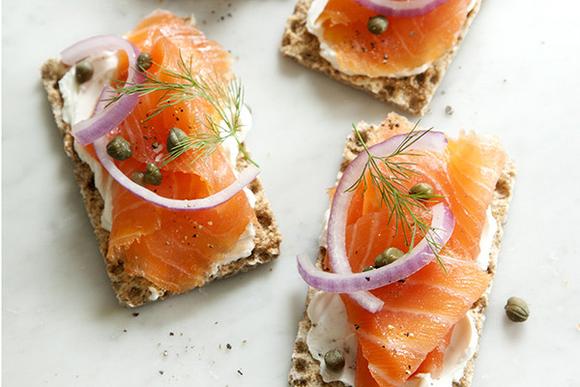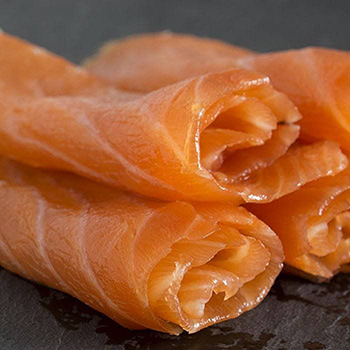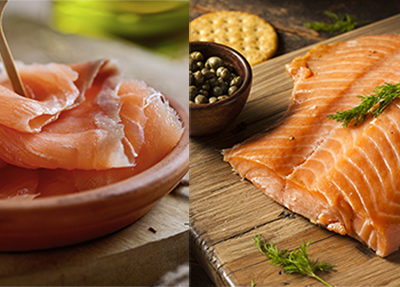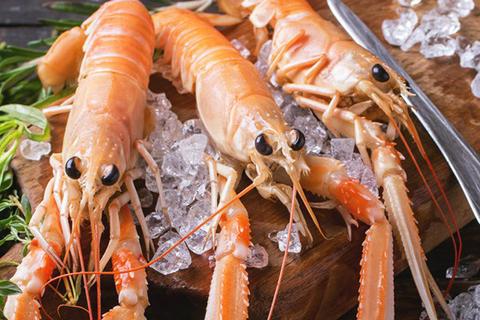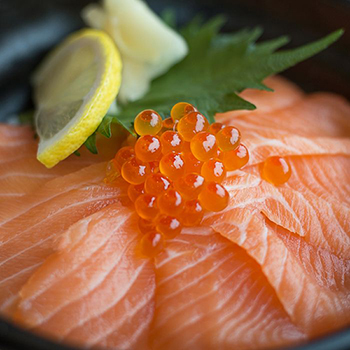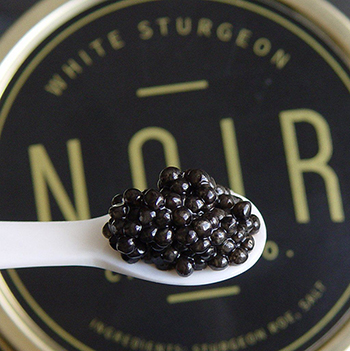Caviar Buyers’ Guide for Newbies and Connoisseurs
You’re in the market for caviar and you’re not 100% sure what you’d like to buy. Maybe you’re new to this treat and don’t know what to try out first. Or you’re in love with caviar but want to make sure you get a truly stellar roe for an upcoming event or new recipe.
From its various uses to serving sizes to countries of origin, we’re serving up everything you need to know about buying caviar.
Price point: starting low, ending high, and finding your sweet spot
Let’s address the elephant in the room right off the bat. How much do you want to spend? It is typically true that caviar gets more delicious as it goes up in price. More expensive caviar tends to have a brinier, saltier flavor that is very fresh and oceanic. The beads are shiny and have a wonderful “pop”. Very inexpensive caviar, on the other hand, can be fishy with beads that are mushy in texture and unpalatable for most people. Our line of NOIR Caviar is all tasty and high quality, and the line hits at very different price points which you can use to your advantage.
While expensive is usually better when it comes to caviar, that’s not always the case. Some middle priced caviars, like our Paddlefish roe for example, is more reasonably priced simply because it’s easier to source.
Then again, an Ossetra is mind-blowingly amazing, and you have to fork over the dough to get that incredible taste experience.
With those notes on price in mind, let’s see where you land.
Just starting out: Start your caviar journey with Hackleback roe or Paddlefish roe to get a fresh, subtle flavor that’s appealingly salty.
In love with caviar and looking for quality: The Kaluga Hybrid, Ossetra, and Imperial Ossetra are certainly out to impress with more intense, nutty flavors.
Looking for the middle ground: The White Sturgeon or Siberian Sturgeon are recognizable favorites for a reason and give fantastic flavor without your having to choose the highest priced option.
Country of origin for caviar, and choosing wild or farmed
The next thing you might want to know is, where does caviar come from, and does that matter? If you’re dreaming of Russian caviar, you might just need to keep on dreaming, as it has been largely overfished. Today, caviar is most often sourced from fish raised at aquaculture centers, which is a good thing in terms of ethics and sustainability.
Some of the highest quality caviar available today comes from China, which is very contrary to the image many of us may have in our minds about the products that come from this country. The NOIR Caviar that comes out of China is farmed in pristine lakes located in a remote mountainous reserve. These lakes are the closest in temperature and salinity to the lakes in Siberia where those sturgeon species originated. The quality of the caviar is exceptional and chefs in NYC and all over Europe source their Siberian and Kaluga from the same lakes. The caviar is farmed and harvested by caviar outfits who know that the quality and reputation of their clients is paramount.
Buying caviar isn’t always about purchasing from a certain region, but rather buying from a trusted brand that sources the product ethically from reputable farms and fisheries.
When to order caviar, how long it lasts, and how to store
“When should I order caviar?” is a commonly asked question. Caviar is somewhat preserved, so there’s no harm in ordering it on the early side. We encourage buyers to order it about 2 - 14 days in advance of a party, that way you’re not worried about its arrival and the product is still fresh. Caviar typically lasts unopened for 4 - 6 weeks. Make sure to leave it unopened until ready to use.
Whether caviar has been opened or not, you always want to store it in the coldest part of your refrigerator and never in your freezer, where the eggs will degrade and likely become mushy once thawed.
Once opened, every type of caviar has different best-practices in terms of shelf life. While white sturgeon can last opened for 10 days paddlefish can last for 30 days. To be safe and get the best flavor, eat it within one week of opening. Many caviar fans prefer to order many jars in small amounts each and to eat each jar all in one sitting. We won’t judge! The French Trout roe is particularly delicious in one guilt-free sitting.
Using as a garnish or making it the star of the show
The answer to what type of caviar to buy lies in how you intend to use it: as a garnish, a standalone served with a mother-of-pearl spoon (never metal), or a spread.
As a garnish: Definitely choose an affordable caviar for garnishes. The Hacklebook roe makes a beautiful black garnish, while Golden Whitefish roe has a softer color and firmer texture, and the Ikura Salmon roe is a large, stand-out garnish.
As a spread: Truthfully, any good caviar can serve as a tasty spread, but the affordable Paddlefish is a smart choice for a large party, while a Siberian Sturgeon will satisfy choosier diners.
Eaten with a spoon: Eating caviar with a mother-of-pearl spoon is the gourmand’s only way of enjoying caviar. The French Trout roe is a good salty starter and the Imperial Ossetra is better for those who know they love and appreciate caviar.
How many ounces to purchase
When using as a garnish on a main course, you can use the amuse bouche calculation. These serving suggestions are based on using caviar as hors d'oeuvres. An amuse bouche is a tiny bite, whereas the appetizer size is more standard.
|
Single Serving |
4 People |
12 People |
|
|
Amuse bouche |
5 grams |
20 grams |
60 grams |
|
Appetizer |
30 grams |
120 grams |
360 grams |
How to serve caviar
Serving caviar couldn’t be easier! When you consider how time-intensive many fine foods are, serving caviar absolutely makes up for its cost in saved hours. If you have a dinner party coming up, caviar truly does buy time. But of course, most of us are in it for the flavor.
Open caviar right before serving. You can use a glass chiller filled with ice on the bottom if the caviar will be sitting out at room temperature for longer than an hour, or if it’s a particularly hot day. Otherwise, you can use any bowl or dish that you like. Caviar makes a beautiful addition to self-serve table or can be offered on blini or latkes with Crème Fraîche as a base.
By now, you know exactly what to look for in caviar. If you’re still not sure what to choose, that’s absolutely fine. We can talk caviar all day long. Please reach us via email at [email protected] or via phone at (845) 895-3361.

